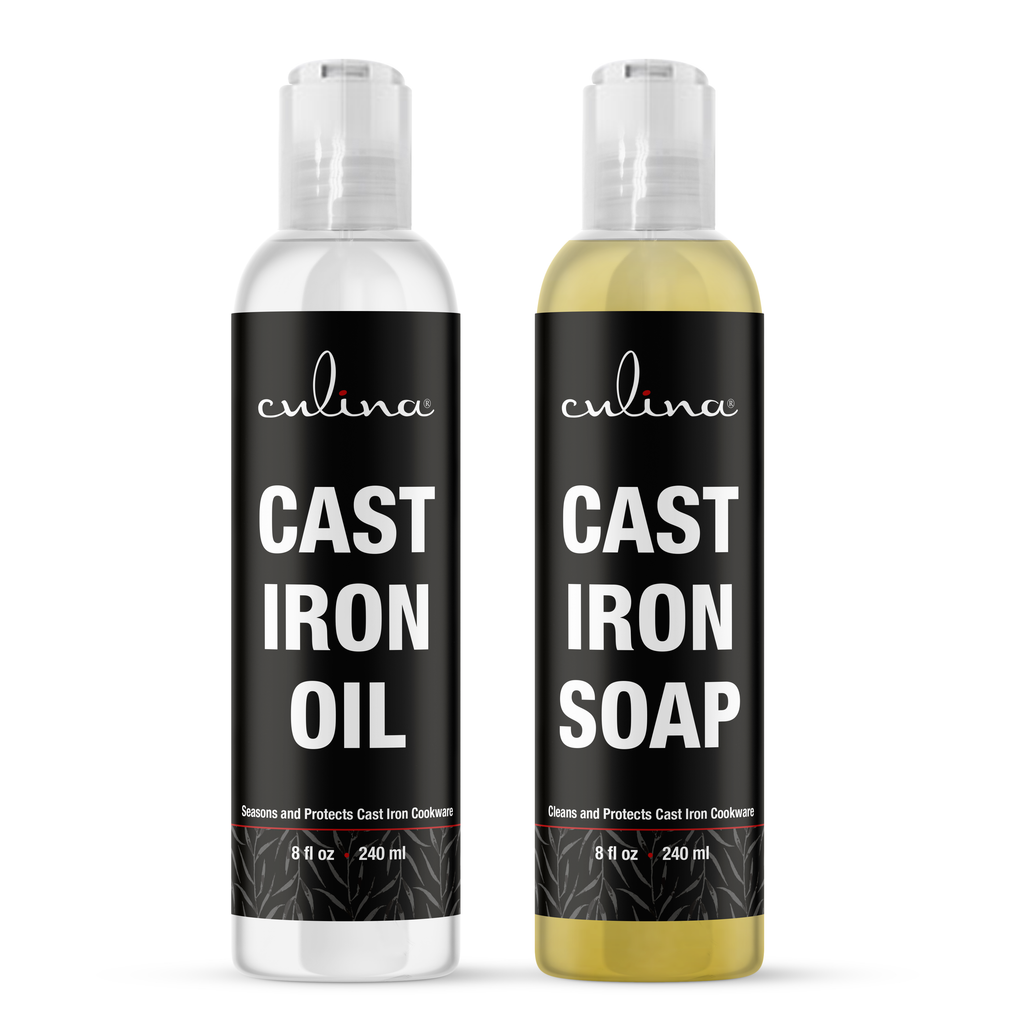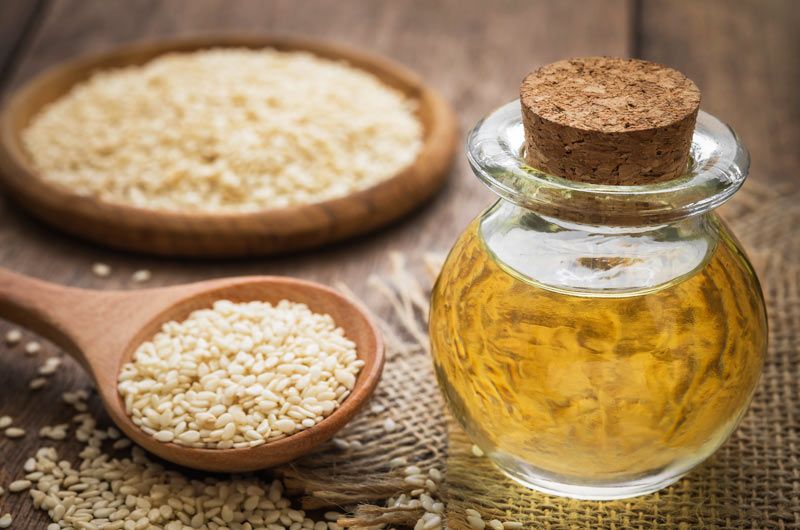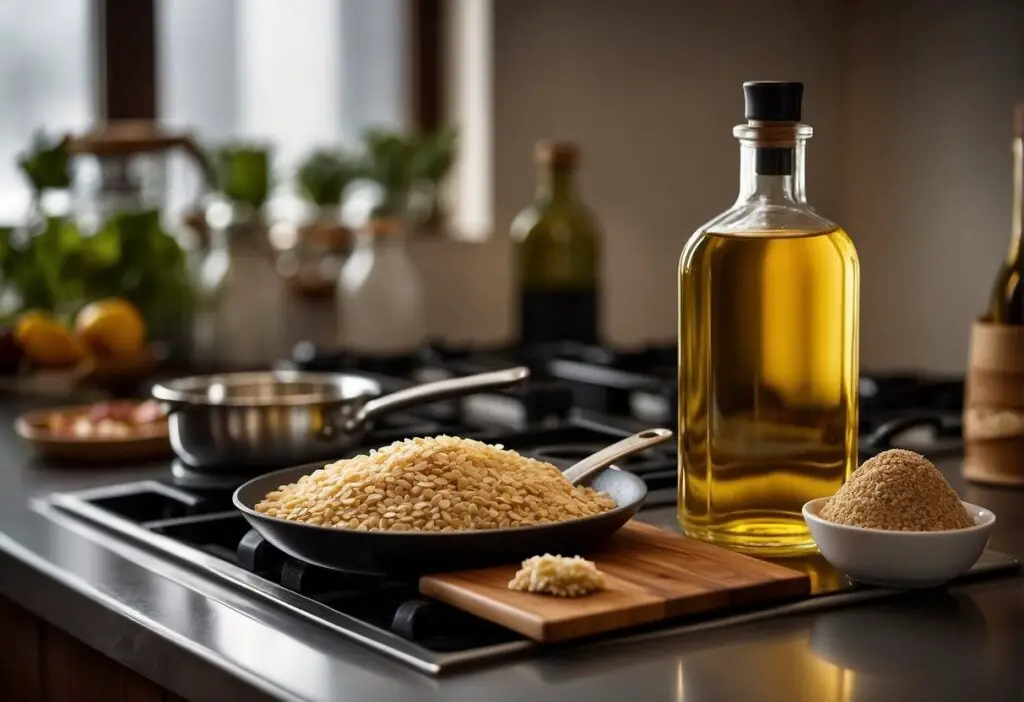How to Make Sesame Oil: A Beautician's Guide to Benefits?
For many beauticians, the quest for the **best natural oils** is never-ending. One such gem is **sesame oil**, renowned for its myriad benefits. This article will delve deep into how to make sesame oil, its uses, and why it should find a spot in your beauty toolkit.
Sesame oil is derived from sesame seeds, and its origins can be traced back thousands of years. Its rich nutrient profile makes it not just a culinary delight but also a therapeutic beauty elixir. In this detailed guide, we will explore different methods of extraction and why sesame oil is invaluable to beauticians.

Understanding Sesame Oil
Before we dive into the nitty-gritty of how to make sesame oil, it's essential to understand what it is. Sesame oil can be classified into two main types: **refined** and **unrefined**. Refined sesame oil has a lighter flavor and is excellent for cooking, while unrefined sesame oil, often referred to as **cold-pressed**, retains more nutrients and is suitable for skincare.
Health and Beauty Benefits of Sesame Oil
As a beautician, it's crucial to know the benefits of your ingredients. Sesame oil boasts numerous benefits, including:
- Rich in Antioxidants: Sesame oil contains **sesamolins**, which act as potent antioxidants that help combat premature aging.
- Moisturizing Properties: Its emollient nature makes sesame oil an excellent moisturizer for dry skin.
- Anti-inflammatory Benefits: This oil can soothe irritated skin, making it a fantastic choice for sensitive skin types.
- Sunscreen Effects: Some studies suggest that sesame oil may provide a **natural sunscreen** effect.

How to Choose the Right Sesame Seeds
The quality of sesame oil largely depends on the type of seeds used. When selecting sesame seeds, consider the following:
- Organic vs. Non-organic: For the purest oil, choose organic sesame seeds to avoid pesticides.
- Color: **Light-colored seeds** yield oil with milder flavors, while dark seeds produce a stronger flavor.
- Freshness: Ensure the seeds are fresh. Stale seeds can adversely affect the oil's taste and nutrition.
Methods for Making Sesame Oil at Home
Now, lets get to the core of this article: how to make sesame oil. Below are two popular methods you can employ:
1. Cold-Press Method
This method is ideal for preserving the nutrients of the sesame seeds.
- Take **1 cup of sesame seeds** and rinse them under cold water to remove any dirt.
- Spread the seeds on a towel and let them dry completely.
- Once dry, place the seeds in a **cold press juicer or oil extractor**.
- Extract the oil and store it in a clean, **dark-colored glass bottle** to protect it from light.
2. Heat Method
This method is faster but may reduce some nutrient value. Heres how to do it:
- Toast **1 cup of sesame seeds** in a pan over low heat until they are golden brown and fragrant.
- Transfer them to a blender or food processor and blend until smooth, slowly adding **1 cup of water**.
- Transfer the mixture to a pot and bring to a boil. Let it simmer for 15-20 minutes.
- Let it cool, then strain the mixture with a **cheesecloth**, squeezing out as much oil as possible.

Storage Tips for Sesame Oil
Proper storage is critical to maintaining the quality of your homemade sesame oil.
- Store the oil in a **cool, dark place** away from sunlight.
- Avoid plastic containers and opt for **glass** or **stainless steel**.
- Label your bottles with the production date to keep track of freshness.
What is Sesame Oil Used For?
As a beautician, knowing the versatile uses of sesame oil can broaden your skill set:
- Massage Oil: Its smooth texture and nourishing properties make it a superb option for body massages.
- Hair Care: Apply sesame oil as a pre-wash treatment for deep conditioning.
- Skincare: Use it to hydrate dry skin or add it to DIY face masks.
- Cooking: Due to its high smoke point, sesame oil is also excellent for sauting and stir-frying.
FAQs
1. How long does homemade sesame oil last?
Homemade sesame oil can last between **6 months** to a year if stored correctly in a cool, dark place.
2. Can I use sesame oil on my face?
Yes, sesame oil is excellent for facial hydration and can be used in DIY skincare routines.
3. Is sesame oil good for cooking?
Absolutely! Sesame oil has a high smoke point and adds a unique flavor to many dishes.
If you're interested in further professional tips, check out [how to use avocado oil](https://livananatural.com/blogs/news/how-to-use-avocado-oil-in-cooking) for culinary inspiration or explore what [sesame oil is used for](https://livananatural.com/blogs/news/what-is-sesame-oil-used-for) in more detail.
As an Amazon Associate, I earn from qualifying purchases.

